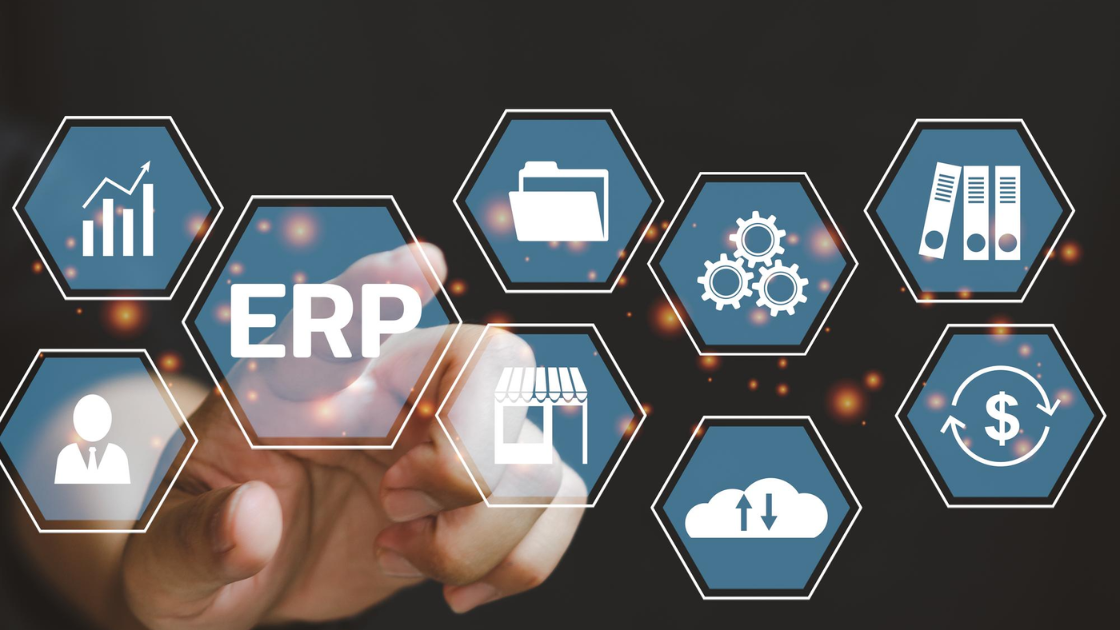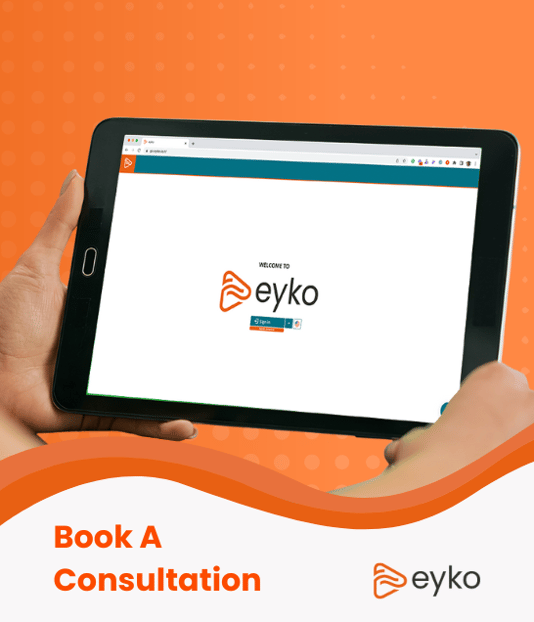Can data blending replace data preparation & integration?
In the world of business, data is king. Without accurate and timely data, businesses can't make sound decisions that will help them grow and succeed. Data from multiple systems required to support these decisions can be used for reporting and planning and is visualized in business intelligence dashboards.
The data might be coming from different sources like Salesforce, Oracle eBusiness Suite, or Microsoft Dynamics AX. It can be challenging to get a complete picture of what's going on when data is spread out across multiple data sources.
Isn't Data Integration Enough?
The data in different systems such as ERP, CRM, and other applications that support various functions is in different formats and when it's simply "integrated" - versus blended - is full of dirty data, duplicates, and comes in formats that are not alike. Data Warehouses and massive Excel files are approaches to integrating the data. But before integrated data can be useful in reports, plans and dashboards it must be cleaned up, complete, and assimilated into a common format before it's usable.
Data integration is difficult because an organization’s data comes from different sources including enterprise applications, local systems like data warehouses, and Excel files.
This data is often in different formats, which makes it difficult to combine. In addition, data may be incomplete or contain errors.
Organizations face challenges when trying to integrate their data because:
- Data comes from different sources
- Data is in different formats
- Data may be incomplete or contain errors
Taking Data Integration Further: Data Preparation
Once data from different sources is integrated, it needs to be prepared to ready it for consumption by reporting tools and business intelligence dashboards. Data blending is the process of combining data from multiple data sources into a single data set.
Data preparation is the process of getting data ready for analysis. This can involve cleaning up data, combining data from multiple sources, or transforming data into a format that is more suitable for analysis.
Data preparation is a crucial step in data analysis, and it is important to take care in doing it properly.
There are many different ways to do data preparation, and the best approach depends on the data and the analysis that you want to do. Data preparation can be a time-consuming task, but it is important to do it carefully in order to get accurate results from data analysis.
Here are some tips for doing data preparation:
-
Start by taking a look at the data and understanding its structure. This will help you determine what kind of data preparation is needed.
-
Make sure that data is in a format that can be easily read and processed by the software you are using for analysis.
-
Clean up data by removing invalid or missing values.
-
Combine data from multiple sources, if necessary.
What is Data Blending?
Data blending is the process of preparing data by combining data from multiple sources into a single dataset. This data can come from internal sources, such as databases or CRMs, or external sources, such as data warehouses and files from market research or social media data. The goal of data blending is to create a complete picture of your customers, your business, and the market you operate in that's usable, error-free, and in a consumable format.
Why is Data Blending So Difficult?
Data blending is difficult for a number of reasons.
-
Data from different sources is often in different formats. This makes it difficult to combine the data into a single dataset. A data blending platform with Application Intelligence makes it easy to reconcile the different formats and convert them all into a single, comprehensive format that's usable in tools for planning, reporting, and analytics.
-
Data from different sources is often incomplete. This means that data blending requires a lot of data cleansing and preparation. This can lead to incorrect or incomplete data in your blended dataset. A blending platform using Machine Learning and Artificial Intelligence makes make it simple and efficient to fill in gaps in information, taking the manual work usually necessary out of the process and easier to do.
-
Data blending can be time-consuming. Without a blending platform like eyko, it can take days or even weeks to blend data from multiple sources into a single dataset.
-
Data blending is often done manually. This means that it's subject to human error and man-hours are expensive when compared to using an automated platform to blend data.
-
Data from different sources can be inaccurate or out-of-date. This leads to time-consuming and manual work necessary to correct errors and fill in the missing information.
-
Data from different sources needs to be synchronized so that it always represents the real-time view of the information contained in different systems. If it's not synchronized and up-to-date, different business functions are working off of obsolete information or yesterday's facts.
You can see now why data integration falls short and is simply not enough.
How Can Data Blending Benefit Your Organization?
Despite the challenges, data blending is a necessary process to get the most out of your data. When done correctly, data blending can provide your organization with a complete picture of your customers and the market you operate in. This can help you make better decisions about your products, your marketing, your financial decisions, and your overall strategy.
Data blending is not an easy process, but it is a necessary one if you want to get the most out of your data.
What Are the Reasons to Blend Data?
As we said before, the goal of using blended data is to help provide insights to leaders across the organizations in different business functions.
There are a few reasons why data blending is so important:
-
Data blending can provide your organization with a complete picture of your customers and the market you operate in.
-
Data blending can help you make better decisions about your products, your marketing, and your overall strategy.
-
Data blending is a necessary process to get the most out of your data from multiple, siloed systems.
-
Data blending does what data integration fails to do.
Steps To Blend Data
Despite the challenges, data blending is a necessary process for any business that wants to make data-driven decisions. To blend data successfully, there are a few steps
-
Define your goals: What do you want to learn from your data? What questions do you want to answer?
-
Choose your data sources: What data do you need to answer your questions? Where can you find this data? Which systems hold the data needed for your report, plan, or business intelligence dashboard?
-
Prepare your data: Clean and format your data so it's ready to be blended.
-
Blend your data: Use a data blending platform, like eyko, to automatically clean, complete, and combine your data into a single dataset.
-
Provide access to your data: A common and accessible source of your blended data should be available for all business users who need it to perform critical business tasks like reporting, planning, and visualization.
-
Use your blended data: Use data visualization and analytics dashboards, reporting tools, and planning tools to look for insights.
Data Blending for Operational Reporting
Now that we've discussed data blending in general, let's talk about how it can be used for operational reporting. Operational reporting is the process of creating reports that help you understand and optimize your business operations. These reports can be used to track KPIs, measure performance, and identify areas of improvement.
Data blending is a powerful tool for operational reporting because it allows you to combine data from multiple sources into a single report. This gives you a more complete picture of your business operations and helps you identify areas of improvement.
Operational reporting is essential for any business that wants to grow and succeed. By using data blending, you can make sure that your operational reports are accurate, complete and up-to-date. This will help you make better decisions about your business and ensure that you are able to optimize your operations for maximum growth.
If you are looking to improve your operational reporting, data blending is a necessary step in your process. With data blending, you can make sure that your organization can take advantage of this powerful tool.
Data Blending for Planning
Data blending can also be used for planning with data from multiple enterprise applications. The goal of data blending for planning is to create a single source of truth that can be used by all applications. This allows you to avoid data silos and ensure that your data is accurate and up-to-date.
Data blending for planning is a difficult process because it requires data from multiple sources to be in the same format. This can be time-consuming and expensive, but it is necessary if you want to avoid data silos.
If you are looking to improve your planning, data blending is a process that you should consider to make the best decisions for planning.
Blended Data for Business Intelligence and Analytics Dashboards
Data blending is a critical, but usually difficult step in the process of combining data for use in business intelligence and analytics dashboards from multiple enterprise applications. It can take money and time your business simply can not afford to waste.
Data blending for business intelligence is a difficult process because it requires data from multiple sources to be in the same format. While this can be time-consuming and expensive, it is necessary if you want to avoid using data from siloed applications that needs to be manually changed and adapted for dashboards that provide a visual look into data from across the organization.
Dashboards using blended data provide visibility into all aspects of your business at once, powering your decision-making and giving you the ability to glean insights and see trends in your data.
Let's Summarize
Data blending is a process that is essential for any organization that wants to make the most out of its data. It can be used for operational reporting, planning, and business intelligence. Data blending is a difficult process, but it is necessary if you want to avoid data silos and ensure that your data is accurate and up-to-date.
If you are looking for a way to improve your data management, data blending is a critical step that can be simple and efficient. Blended data ensures you have the ability to make better decisions about your business. Time wasted on preparing, correcting, and reformatting the data is dramatically reduced with a data blending platform that readies the data and streams it so that it's available to everyone in the organization.
Operational reporting, planning, and business intelligence are all important aspects of running your business and are critical to the success of your organization. The professionals who perform these functions needn't rely on IT support and suffer delays in getting access to up-to-date and consumable information needed to make decisions. Data blending is a necessary step to make this happen for your organization. By taking the time to understand data blending, why it's difficult, the steps to blending data, and its benefits, you can take advantage of a powerful data platform to ensure your success.
To see eyko’s blending platform in action blending data from JD Edwards, Salesforce and 5 other enterprise applications check out this video.
Interested in how eyko Application Intelligence makes this so easy with inbuilt smarts that understands the idiosyncrasies of the systems, so you don’t have to? Check out this video on eyko Application Intelligence.
Share this
You May Also Like
These Related Stories

Your data Real Time or Right Time?

Operational Reporting across enterprise applications - simplified.

